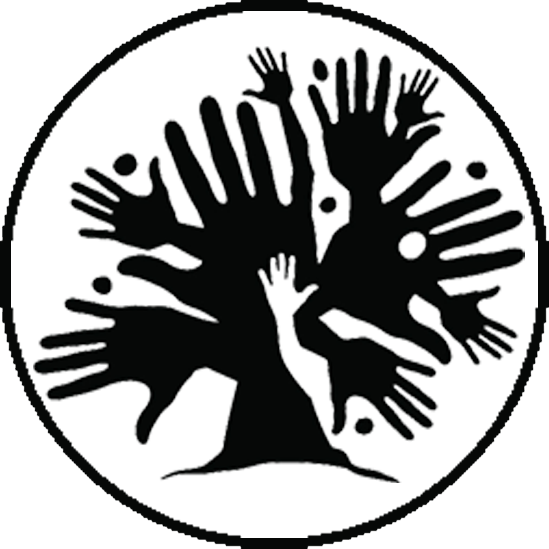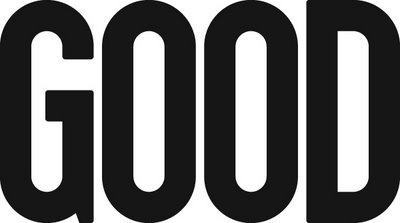EJOLT is a global research project bringing science and society together to catalogue and analyze ecological distribution conflicts and confront environmental injustice.
The Venus Project
The Story of Stuff Project
Where does everything we buy come from and where does it go after we are done using it? Is bottled water better than tap water? What is “cap and trade” and can it help us solve climate change?
These simple questions have complex answers, and most people are not familiar with them because they often involve industrial and economic processes kept out of public sight. This is where the Story of Stuff Project comes in:
Annie Leonard and Free Range Studios have made a series of short, action-packed animations illustrating the social, economic, and ecological stories behind complex subjects. Subjects include: The materials economy and people's consumption patterns, manufacturing demand for bottled water, E-waste and designed obsolescence, the pervasive use of toxic chemicals in our everyday personal care products, the inordinate power that corporations exercise in U.S. democracy, the "devils in the details" in current cap and trade proposals, and released today, the broken economy and how to fix it.
Their animations have become more than internet sensations: they are powerful educational tools and seek a to empower the lay person by providing a basic understanding of the inner workings of the economic forces of society and how we can all influence their direction towards a more democratic and sustainable future.
Subtitles in several languages are provided for most movies. Highly recommended!
International Society for Ecological Economics (ISEE)
ISEE is a not-for-profit, member-governed, organization dedicated to advancing understanding of the relationships among ecological, social, and economic systems for the mutual well-being of nature and people.
Ecological Economics Journal
The journal is concerned with extending and integrating the study and management of “nature's household” (ecology) and “humankind's household” (economics). This integration is necessary because conceptual and professional isolation have led to economic and environmental policies which are mutually destructive rather than reinforcing in the long term. The journal is transdisciplinary in spirit and methodologically open.
GOOD Magazine
GOOD is an integrated media platform that promotes, connects, and reports on the individuals, businesses, and non-profits who want to live well and do good. Good produces a website, a quarterly magazine, and online video content covering a variety of topics, including the environment, education, urban planning, design, food, politics, culture, and health. GOOD's mission is to provide content, experiences, and utilities to serve this community. Launched in September 2006, the company has garnered praise for its unique editorial perspective and fresh visual aesthetic and is quickly positioning itself as a significant new voice in our culture.
What should be the role of the United States' prison system? GOOD's Alex Gorosh explores the issue, in verse. Listen closely.
Cradle to Cradle (C2C)
Image credit: Michelle Kaufmann/C2C MBDC
Cradle to Cradle (2002) by McDonough and Braungart
Cradle to Cradle (as opposed to Cradle to Grave) was written by Michael Braungart, a chemist, and William McDonough, an arquitect. It presents a biomimetic approach to the design of systems and a concept that is often referred to as the next industrial revolution.
We see a world of abundance, not limits. In the midst of a great deal of talk about reducing the human ecological footprint, we offer a different vision. What if humans designed products and systems that celebrate an abundance of human creativity, culture, and productivity? That are so intelligent and safe, our species leaves an ecological footprint to delight in, not lament?
C2C models human industry on nature's processes in which materials are viewed as nutrients endlessly circulating in healthy, safe metabolisms. The authors make the distinction between two distinct systems involved in the manufacture of any product: the technical metabolism, and the biological metabolism. By keeping these two systems separate in the design of a product or project we can design for multiple lifetimes of a product, using what would ussually be considered waste product as nutrients for the manufacture of a new product.
C2C suggests that industry must protect and enrich ecosystems and nature's biological metabolism while also maintaining safe, productive technical metabolism for the high-quality use and circulation of organic and synthetic materials. Put simply, it is a holistic economic, industrial and social framework that seeks to create systems that are not just efficient but waste-free by design. The model in its broadest sense is not limited to industrial design and manufacturing; it can be applied to many different aspects of human civilization such as urban environments, buildings, economics and social systems. This book should be required reading for all architects, engineers, urban planners, policy-makers, designers, businessmen, or simply anyone alive in the 21st century.
Our concept of eco-effectiveness means working on the right things--on the right products and services and systems--instead of making the wrong things less bad.
For a quick (20 min) introduction to C2C, watch William McDonough's fantastic TED presentation about the wisdom of Cradle to Cradle Design.
Waste = Food (Documentary) by Rob van Hattum
Cradle to Cradle design begins with the premise that waste is merely a human-made concept, and need not exist at all. Waste, economically seen, has no value, and it is antieconomic to produce something with no value. McDonough and Braungart show how industrial waste can become food that same industry. The film shows how Braungart and Mcdonough's "intelligent product system," utilizing completely non-toxic and sustainable production methods, has been adapted by major corporations, visiting a Swiss textile factory, a German clothing manufacturer, the Nike shoe headquarters, a U.S. furniture manufacturer, the Ford Motor Company, and a government housing project in China. The manufacturers discuss the concept of "eco-effectiveness," designing for eco-safety as well as cost efficiency, in their respective industries. An amazing story that will definitely make you see differently the way we make things.
Citation
McDonough and Braungart 2002, Cradle to Cradle: Remaking the Way we Make Things. North Point Press. NY.










